The nose is a vital component of both the respiratory and sensory systems, playing a crucial role in our overall health and daily functioning. Not only does it help us breathe by filtering, warming, and humidifying the air we inhale, but it also enables us to detect and identify a wide range of odors, contributing to our sense of smell. Understanding the Anatomy and Physiology of Nose is essential for comprehending how these functions are made possible.
Structurally, the nose is divided into two main sections: the external nose, which is the visible part, and the internal nasal cavity, which contains specialized tissues and structures. Each part has specific roles in respiration, olfaction, defense, and even voice resonance, making the nose one of the most multifunctional organs in the human body.
Anatomy and Physiology of Nose
Anatomy of the Nose
The nose is a vital organ of both the respiratory and sensory systems. It not only allows us to breathe and filter air, but also helps us detect smells, making it essential for overall health and perception. The nose is divided into external and internal parts, each playing important roles in air passage, protection, and the sense of smell (olfaction).
In medical terms, the study and treatment of the nose and related structures fall under otolaryngology—a branch of medicine that deals with the ear, nose, and throat (ENT). A specialist who treats nose-related conditions is known as an otolaryngologist or ENT doctor.
The inner lining of the nose is covered by a mucous membrane and skin tissue. The scientific study of skin is known as dermatology, which is important in diagnosing skin conditions that may affect the nose externally.
🧬 Fun Fact about your nose:
-
The human nose can distinguish over 1 trillion different scents!
-
It also plays a key role in speech by helping to resonate sound.
-
Each person’s nose shape and nasal print are unique, just like fingerprints.
The nose is a complex structure that is part of both the respiratory system and the sensory system (sense of smell). It is divided into two main parts: the external and internal nose.
External Nose
The external nose is the visible portion of the nose that extends outward from the face. It plays a crucial role in the initial phase of respiration, where air enters the body. This part of the nose is structurally supported by both bones and cartilage, allowing it to maintain its shape while being flexible.
-
Nasal bones form the upper bridge of the nose and provide the main bony support to the nasal structure.
-
Cartilage makes up the lower part of the nose. It offers shape, flexibility, and resilience, helping the nose maintain its form while allowing movement.
-
Nostrils (nares) are the two external openings at the base of the nose. These openings are the entry points for air to pass into the nasal cavity, where it is filtered, humidified, and warmed before reaching the lungs.
The external nose not only gives the nose its characteristic appearance but also serves as a gateway for respiration and olfaction (sense of smell).
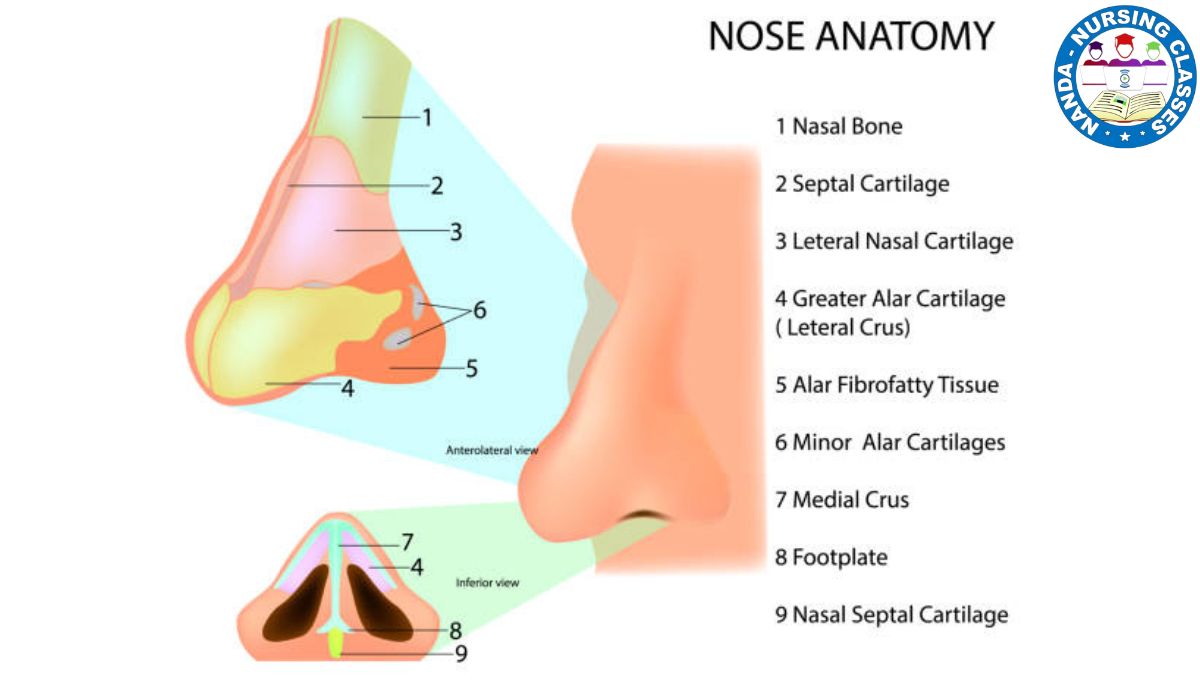
Internal Nose (Nasal Cavity)
The internal nose, or nasal cavity, is a vital part of the respiratory and olfactory systems. It is a complex structure made up of several anatomical components, each serving important functions such as filtering, warming, and detecting air and odors. Let’s explore its main parts:
1. Nasal Septum
The nasal septum is a vertical partition composed of cartilage and bone.
-
It divides the nasal cavity into right and left passages.
-
This structure ensures smooth and equal airflow through both nostrils, supporting effective breathing.
2. Nasal Conchae (Turbinates)
The nasal conchae, also known as turbinates, are three curved, scroll-like bony structures within the nasal cavity:
-
Superior concha
-
Middle concha
-
Inferior concha
These increase the surface area inside the nose, which helps in:
-
Filtering the inhaled air
-
Humidifying and warming the air
-
Regulating the temperature before it reaches the lungs
3. Mucous Membrane
The interior of the nasal cavity is lined with a mucous membrane, which plays a crucial protective role. This membrane contains:
-
Ciliated epithelial cells – tiny hair-like structures that move mucus and trapped particles out of the nose
-
Goblet cells – produce mucus to trap dust, allergens, and microbes, helping to keep the airways clean and moist
4. Olfactory Region
The olfactory region is located at the upper part of the nasal cavity. It contains olfactory receptor neurons, which:
-
Detect odors
-
Send smell signals to the brain
This region is responsible for our sense of smell and contributes to flavor perception during eating.
5. Paranasal Sinuses
The paranasal sinuses are air-filled spaces located within the bones of the skull. The four main sinuses include:
-
Frontal sinus
-
Ethmoid sinus
-
Sphenoid sinus
-
Maxillary sinus
These sinuses serve several functions:
-
Reduce the weight of the skull
-
Enhance voice resonance
-
Produce mucus to keep the nasal cavity moist
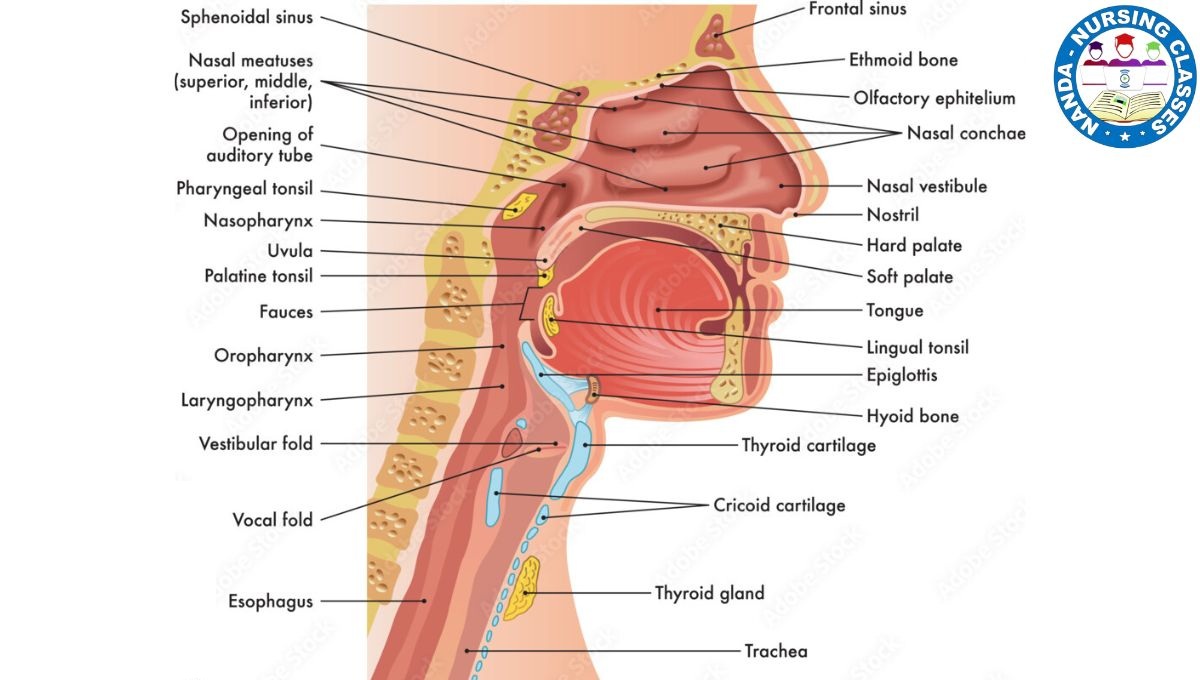
Physiology of the Nose
The nose plays several vital physiological roles beyond just breathing. Its structure is designed to support respiration, sensory perception, protection, and vocal resonance. Here’s a breakdown of its key functions:
1. Respiration
-
The nose warms, moistens, and filters the air we inhale before it reaches the lungs.
-
Turbinates (nasal conchae) create turbulence in the airflow, increasing the surface area in contact with the mucous membrane.
-
This process ensures more effective filtration and conditioning of the air, protecting the respiratory system.
2. Olfaction (Sense of Smell)
-
Odor molecules dissolve in the nasal mucus and bind to olfactory receptors located in the olfactory region.
-
These receptors send signals via the olfactory nerve (Cranial Nerve I) to the brain, where smells are identified and interpreted.
-
This sense also plays an important role in taste perception.
3. Protection and Defense
-
The mucus and cilia lining the nasal cavity trap dust, bacteria, and allergens, preventing them from entering the lower respiratory tract.
-
The sneezing reflex acts as a defense mechanism, forcefully expelling irritants from the nasal passages.
-
This first line of defense is essential in reducing infections and respiratory complications.
4. Voice Resonance
-
The nasal cavity and paranasal sinuses serve as resonating chambers, enhancing the tone and quality of the voice.
-
Proper airflow through the nasal passages contributes to clearer and more vibrant vocal sounds.
Common Diseases of the Nose
As a nursing student, you should be familiar with the common diseases of the nose, their treatment, care, and prevention. Here are some of the most common diseases of the nose:
Rhinitis
Inflammation of the nasal lining, often caused by allergies (allergic rhinitis) or infections (viral or bacterial). Symptoms include sneezing, nasal congestion, runny nose, and itching.
Sinusitis
Infection or inflammation of the paranasal sinuses. It causes facial pain, nasal congestion, headache, and thick nasal discharge. Sinusitis can be acute or chronic.
Nasal Polyps
Soft, painless growths inside the nasal passages or sinuses caused by chronic inflammation. They can block airflow and cause breathing difficulties or a decreased sense of smell.
Deviated Nasal Septum
A displacement of the nasal septum (the cartilage and bone dividing the nasal cavity), which can obstruct airflow and cause breathing problems or frequent nosebleeds.
Nosebleeds (Epistaxis)
Bleeding from the blood vessels inside the nose. Causes include dry air, trauma, infections, or blood disorders.
Nasal Fracture
A break or crack in the bones of the nose usually caused by trauma or injury. It leads to pain, swelling, and deformity.
Nasal Vestibulitis
Infection of the nasal vestibule (entrance of the nose), often caused by bacteria, resulting in redness, swelling, and pain.
Anosmia
Loss or reduction of the sense of smell, which may result from infections, nasal polyps, or neurological conditions.
Conclusion
The nose is an extraordinary organ integral to both breathing and sensory perception. Its complex anatomy and physiology ensure that air is properly conditioned before reaching the lungs, odors are detected and processed, and the voice resonates clearly. Understanding the structure and function of the nose is vital not only for healthcare professionals like nursing students but for anyone interested in human biology and health. Awareness of common nasal diseases and their management further supports effective care and prevention. Understanding the anatomy and physiology of the nose is crucial not only for nursing and medical studies but also for appreciating how this small organ contributes significantly to our breathing, protection, sensory experience, and speech. The nose performs multiple integrated tasks that maintain respiratory health and enhance quality of life.
FAQs: Anatomy and Physiology of Nose
Q1. What are the main parts of the internal nose?
A1. The internal nose includes the nasal septum, nasal conchae (turbinates), mucous membrane, olfactory region, and paranasal sinuses.
Q2. How does the nose help in filtering air?
A2. The mucous membrane and nasal conchae trap dust and microbes, while cilia move the debris-filled mucus out of the nose.
Q3. What is the function of the olfactory nerve?
A3. It transmits smell signals from the nose to the brain, enabling the sense of smell.
Q4. How does the nose contribute to voice quality?
A4. The nasal cavity and sinuses amplify and modify sound, affecting voice resonance.
Q5. What is the role of mucus in the nasal cavity?
A5. Mucus traps harmful particles and keeps the nasal passages moist, aiding in defense and air conditioning.
We have divided the sensory organs into five sections for your convenience. You may read each part by clicking on the topics listed below:
Part 1 – Skin 🖐️
Part 2 – Eyes 👁️
Part 3 – Nose 👃
Part 4 – Ears👂
Part 5 – Tongue 👅
Key Terms Glossary 🔑 : Anatomy and Physiology of Nose
Nose
The organ responsible for breathing, filtering air, detecting odors, and aiding in voice resonance.
Respiration
The process of breathing, involving the intake of oxygen and the release of carbon dioxide.
Olfaction
The sense of smell, enabled by specialized olfactory receptors located in the nasal cavity.
Nasal Cavity
The internal space within the nose that filters, warms, and humidifies the air we breathe.
Nasal Septum
A partition made of cartilage and bone that divides the nasal cavity into two nostrils, allowing smooth airflow.
Nasal Conchae (Turbinates)
Curved bony structures inside the nasal cavity that increase surface area to improve air filtration, humidification, and temperature regulation.
Mucous Membrane
The lining inside the nasal cavity that produces mucus to trap dust, allergens, and microbes, protecting the respiratory tract.
Olfactory Region
The area in the upper nasal cavity containing olfactory receptor neurons that detect odors and send signals to the brain.
Paranasal Sinuses
Air-filled cavities within the skull bones connected to the nasal cavity that help lighten the skull, produce mucus, and enhance voice resonance.
Cilia
Tiny hair-like structures on the mucous membrane that move mucus and trapped particles out of the nasal passages.
Rhinitis
Inflammation of the nasal mucous membrane, commonly caused by allergies or infections, leading to sneezing and congestion.
Sinusitis
Infection or inflammation of the paranasal sinuses, causing facial pain, congestion, and nasal discharge.
Nasal Polyps
Soft, painless growths inside the nasal passages or sinuses due to chronic inflammation, potentially blocking airflow.
Deviated Nasal Septum
A condition where the nasal septum is displaced, causing obstruction of airflow and breathing difficulties.
Epistaxis
The medical term for nosebleeds, which can result from dry air, injury, or other health conditions.
Anosmia
The partial or complete loss of the sense of smell, which may result from infections, nasal polyps, or neurological issues.
Otolaryngology
The medical specialty that focuses on the diagnosis and treatment of diseases of the ear, nose, and throat (ENT).
Mucus
A sticky secretion produced by goblet cells in the nasal mucosa that traps dust, microbes, and allergens, helping to keep the airways clean.
Cranial Nerve I (Olfactory Nerve)
The nerve responsible for transmitting smell information from the olfactory receptors in the nose to the brain.
Nasal Vestibule
The front-most part of the nasal cavity just inside the nostrils, lined with skin and hairs that trap larger particles from the air.
Sneezing Reflex
A protective reflex that forcefully expels irritants such as dust or allergens from the nasal cavity to protect the respiratory system.
Voice Resonance
The amplification and modification of voice sounds as they pass through the nasal cavity and paranasal sinuses, contributing to the tone and quality of speech.
Nasal Mucosa
The mucous membrane lining the nasal cavity that plays a vital role in air filtration, immune defense, and humidification.
Must see –
Comprehensive Guide to Tracheostomy: What Patients and Families Need to Know
If you want to know anything just comment it
You can save the image of terminology or maybe download a PDF

If you liked this post, please share it with others. Feel free to leave a comment below if you have any questions or feedback!


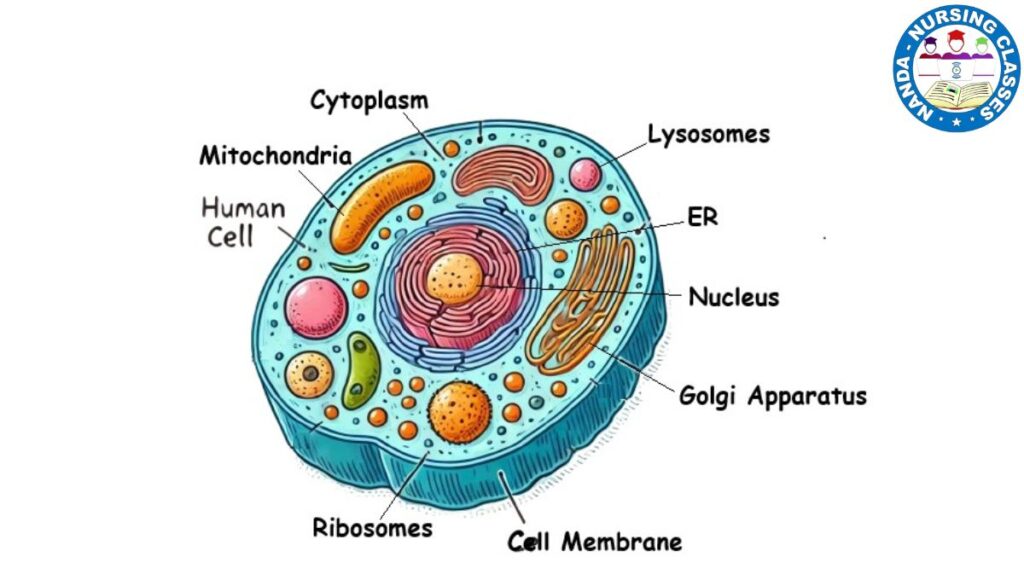
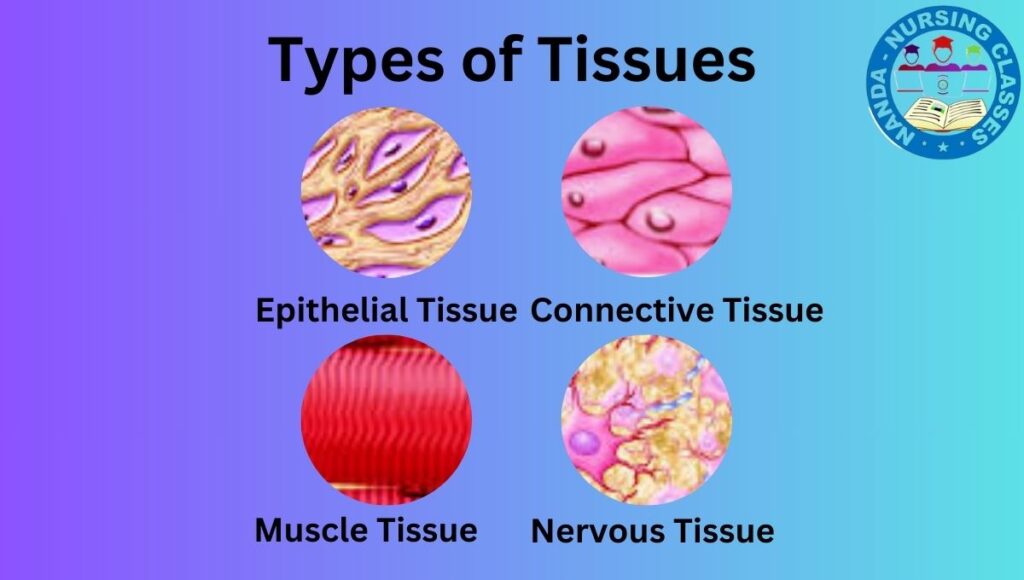

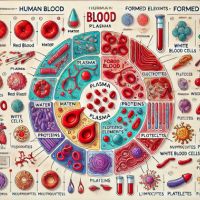
It¦s actually a nice and helpful piece of info. I am satisfied that you shared this helpful information with us. Please stay us informed like this. Thank you for sharing.
You need to be a part of a contest for one of the best websites online.
I’m going to highly recommend this blog!